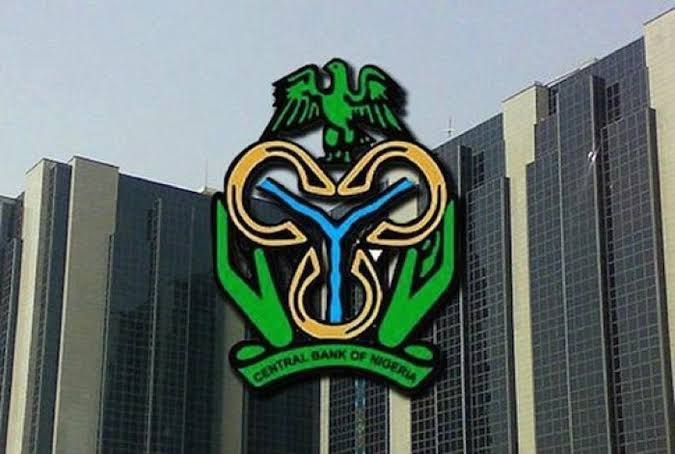Surge in borrowing reflects severe liquidity challenges within Nigeria’s financial sector, prompting calls for fiscal reforms alongside monetary policy adjustments.
In a striking revelation, financial data from the Central Bank of Nigeria (CBN) shows that deposit money banks and merchant banks borrowed an extraordinary N18.09 trillion from the CBN in October 2024. This figure represents a staggering 31,565 percent increase compared to the N57.14 billion borrowed in October 2023.
This surge in borrowing is indicative of ongoing liquidity challenges plaguing Nigeria’s financial sector. An investigation by THISDAY uncovered that, over the first ten months of 2024, banks and merchant banks have borrowed an astonishing N104.61 trillion from the CBN, marking a 532.1 percent increase from the N16.55 trillion borrowed during the same period in 2023. The N18.09 trillion borrowed in October is the second-highest amount accessed from the CBN this year, trailing only the N21.74 trillion borrowed in March 2024.
The liquidity issues facing the Nigerian financial sector stem from a combination of structural economic challenges, policy decisions, regulatory constraints, and global market influences. Analysts have identified several key factors contributing to the liquidity crunch, including high borrowing costs and interest rates, foreign exchange shortages, credit constraints, non-performing loans (NPLs), regulatory restrictions, cash reserve requirements (CRR), currency volatility, and inflation.
Banks and merchant banks typically utilize the Standing Lending Facility (SLF) for short-term borrowing needs to meet immediate customer withdrawals. As the Monetary Policy Rate (MPR) reached 26.75 percent, banks were borrowing at a rate of 31.75 percent, reflecting the asymmetric corridor of +500/-100 basis points around the MPR. Following a recent decision by the CBN’s Monetary Policy Committee (MPC) to raise the MPR to an all-time high of 27.25 percent, borrowing rates have now escalated to 32.25 percent.
The CBN has stated that the MPC adjusted the upper corridor of the standing facilities to 5.00 percent from 1.00 percent around the MPR during its 296th meeting. Consequently, banks can access the SLF at 31.75 percent, while the Intraday Lending Facility (ILF) remains available at no cost if repaid on the same day.
Commenting on the significant increase in borrowing, David Adnori, Vice President of Highcap Securities, noted that the situation reflects a lack of liquidity among banks. He cautioned that continued tightening of monetary policy could hinder economic growth, suggesting that fiscal measures are essential to address the underlying issues driving inflation.
In contrast, banks and merchant banks also have the option to deposit excess cash with the CBN via the Standing Deposit Facility (SDF). Deposits with the CBN at the end of October 2024 stood at N3.05 trillion, a 3.4 percent increase from N2.95 trillion in October 2023. The CBN recently introduced a new interest rate structure, allowing financial institutions to earn between 19 percent and 25.75 percent on deposits, depending on the amount.
Analysts emphasized the importance of the SLF as a support mechanism for banks amid the liquidity crunch exacerbated by contractionary interest rate policies. They argue that while monetary policy plays a crucial role, complementary fiscal reforms are necessary to address structural challenges, such as insecurity and inadequate infrastructure.


